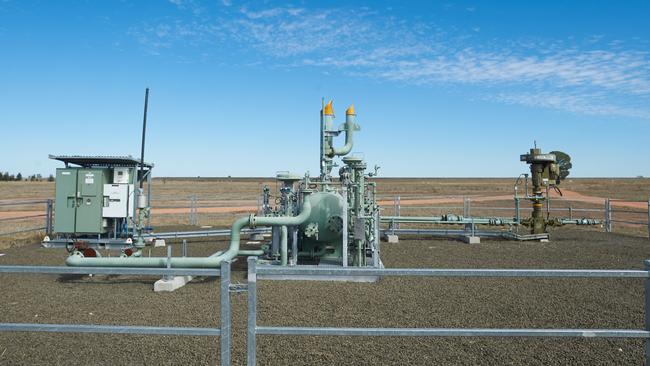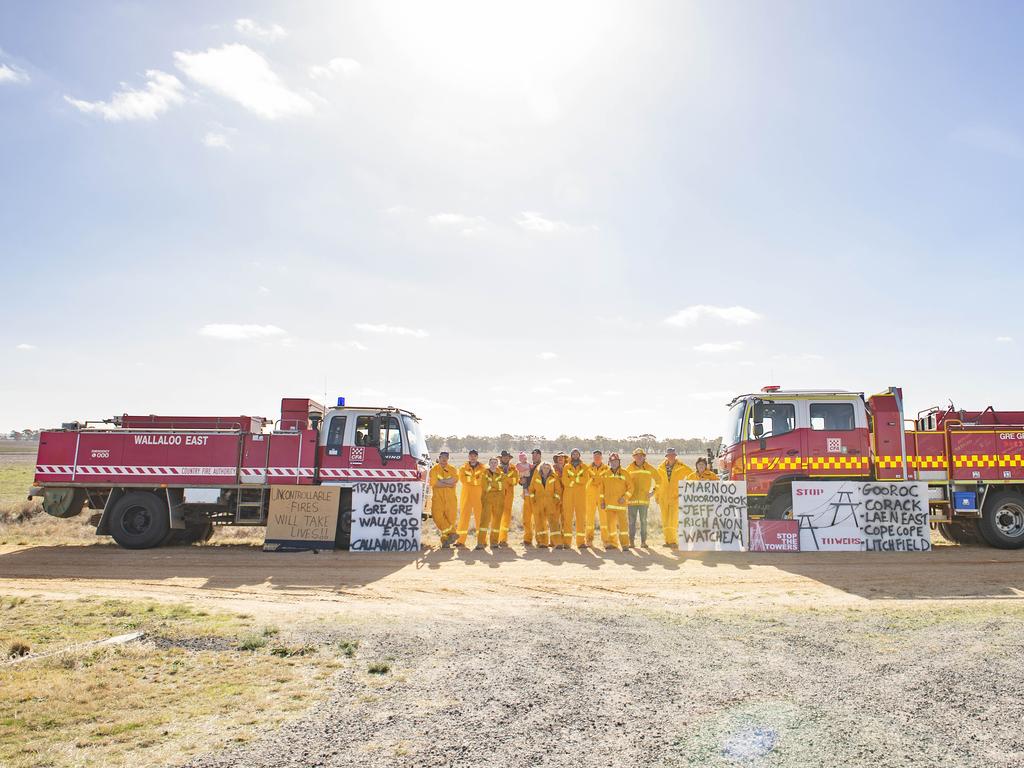Queensland the last bastion for gas producers in actions to ‘keep the lights on’
Queensland has emerged as the last bastion for gas producers in Australia, with the state government to create nine new areas for exploration as an acute energy shortage looms over the east coast.

Queensland has emerged as the last bastion for gas producers in Australia, with the state government to create nine new areas for exploration as an acute energy shortage looms over the country’s east coast
The Crisafulli Liberal National Party government will unlock 16,000sq km of land across the Cooper/Eromanga and Bowen/Surat basins to drive investment and push power prices down.
The plan for regional Queensland, to be announced on Wednesday at the Australian Energy Producers conference in Brisbane, is in stark contrast to that of Victoria and NSW and coincides with warnings from the Australian Energy Market Operator of widespread gas shortages down the country’s east coast by 2028.
Queensland Minister for Natural Resources and Mines Dale Last said the exploration plan would generate more investment in the state and drive down soaring power prices.
“The best way to bring down energy prices is to have more energy in the market; that starts with exploration,” he said. “These steps are about unlocking new supply, securing an investment pipeline and getting the right policy settings in place so Queensland can lead the way on energy security.”
Queensland’s move comes as Resources Minister Madeleine King warns the gas industry to temper its public attacks on government policy and instead engage in constructive dialogue.
In a speech at an oil and gas conference in Brisbane that underscored the continued friction over regulatory intervention in the sector, Ms King acknowledged the critical role of gas in Australia’s energy transition but told industry leaders to focus their advocacy on practical solutions rather than rhetoric.
“Forceful advocacy is one thing, and I guess it has its place, but effective advocacy should surely be your primary objective,” Ms King told a room of executives, in comments that appeared aimed at industry stalwarts.
Relations between the gas sector and the federal government have remained strained since Labor introduced sweeping market reforms in late 2022, most notably the $12 a gigajoule cap on wholesale gas prices. The intervention, designed to shield households and manufacturers from soaring energy costs, triggered fierce opposition from producers, who say it has undermined investment certainty and supply security.
Southern states have deterred investment in the gas space for almost a decade. Victoria wrote a ban on fracking into the state’s constitution in 2018, while Santos’s $3.6bn Narrabri project was recently given the go-ahead by the National Native Title Tribunal after years of legal challenge.

The tender process for the new sites in Queensland will open from Wednesday and allow for conventional and unconventional gas opportunities. None of the sites overlaps with land earmarked for environmental protection from mining and exploration within the Lake Eyre Basin Strategic Environmental Area Designated Precinct.
Gas royalties in Queensland have averaged $1.7bn over the past three financial years, supporting almost 6000 direct jobs and thousands more indirect jobs across the supply chain.
LNG is the state’s second-largest export behind coal, with the state producing 1550 petajoules of coal-seam gas for local and international markets in 2024 alone.
Mr Last said the critical decisions about the nation’s energy future cannot be left up to ideologues and highlighted the need for improved regulatory frameworks.
“Unscientific decisions made by the southern states have left Queensland carrying the load for the east coast gas market,” he said.
“We need a regulatory framework that supports new development, instead of holding it back.”
It comes as households in southeast Queensland, NSW and South Australia brace for energy bill hikes of 6.1 per cent to 9.7 per cent after the Australian Energy Regulator released its default market offer on Monday.
The Albanese government is set to undertake a sweeping review of the three overlapping policies regulating the east coast’s gas industry later this year.
It will probe the $12 a gigajoule price ceiling that was introduced to contain domestic prices spikes but has been slammed by industry for deterring investment and development.
In her address to the Australian Energy Producers Conference on Tuesday, Ms King said that gas had an important role to play in the energy mix to support the move to renewables the nation’s net zero goals.
“We must effectively balance environmental and social impacts with the best interests of households, businesses and the wider energy industry,” she said.
Australian Energy Producers chief executive Samantha McCulloch said Queensland would be “keeping the lights on” and providing a reliable supply down Australia’s east coast.
She labelled the nine new sites as a “critical step”.
Since the Crisafulli government was elected last October, it has approved $134m in funding for CS Energy to develop the 400-megawatt Brigalow Gas Peaker project at Kogan Creek.
The Queensland government’s energy corporation, CleanCo, is also progressing two gas-fired generation projects.




To join the conversation, please log in. Don't have an account? Register
Join the conversation, you are commenting as Logout